Université Yonsei (연세대학교)
2.2Km 2023-07-05
134, Sinchon-dong, Seodaemun-gu, Seoul-si
+82-2-2123-2114
L'histoire de l'université Yonsei remonte à 1885 lorsque Horace Newton Allen, un missionaire protestant américain, établit le premier hôpital moderne du pays, Gwanghyewon (renommé plus tard Jejungwon). L'université Yonsei fut la première école de médecine en Corée. L'école s'appelait Yonhui College à partir de 1923, puis Yonhui University à partir de 1957. L'école adopta son nom actuel Yonsei University suite à la fusion avec la Severance Medical School. L'université Yonsei est l'une des plus prestigieuses en Corée et possède l'un des plus jolis campus à Séoul. L'abondance d'arbres, de bâtiments d'inspiration européenne couverts de lierre et la présence de Cheongsongdae, un chemin romantique populaire chez les couples, contribuent à sa popularité. Beaucoup d'étudiants étrangers étudient à l'Institut de Langue Coréenne, établit en 1969.
Seochon Guest House [Korea Quality] / 서촌 게스트하우스 [한국관광 품질인증]
2.2Km 2023-04-07
28-3, Jahamun-ro 7-gil, Jongno-gu, Seoul
+82-010-3345-9680
Seochon Guest House is located in Seochon, which is becoming a hot place for tourists in Seoul, and precisely on the road to Suseong Valley, whichis filled with interesting stores and is also well-known for Park Nosoo Art Gallery and the House of Yun Dong-ju (poet). Seochon Guest House is nicknamed ‘Jaeminangol (interesting village)’ after Baekseok’s poem ‘Yeowunangol’, with the aim of providing a visit full of interesting experiences. Passing through a garden and entering the main building, the unique charm of this hanok building, the staircase to get to the first floor from daecheong (main floored room), catches the eye of the visitors. In addition, the building is decorated with various stylish objects including paintings and Korean musical instruments. The terrace situated on the first floor offers an open view of the surrounding area including roof tiles of hanok structures and alleyways in Seochon. It is said that Korean novelist Yoon Hu-myeong also appreciated the structure of the guesthouse, saying, “It is an interesting place.” Built in the 1930s, the house, which has many storage places, was taken by the owner couple in spring 2014 as they were attracted by the house during their trip to Seochon. After the repair work, the ground floor of the house was opened for guests from January 2016, hoping that guests could share their daily experiences and stories with each other. The guestrooms and the main floored room on the ground floor are open to guests, with the exception of the first floor, which is used by the owner couple. The living room is equipped with books, a curved TV, and a table. The tasty meal, which is served in the kitchen, consists of rice and soup with six side dishes and is much loved by guests. The guesthouse offers a total of four rooms – Jae Room, which is the most Korean-style room; Mi Room, which has a combined style of a Korean-style room and Western-style room; Nan Room, which is an ideal room for meditation with a beautiful paper window; and Ahn Room, which is equipped with a veranda and a pretty flowerbed. Every room has its separate charm with various comfortable bedding to provide a quiet and cozy bedroom for guests in the middle of the city. Furthermore, the guesthouse holds a pansori (epic chant) performance twice a year. The owner started learning how to sing pansori to promote the Korean culture and tradition to foreigners. When a pansori performance is held, the owner offers traditional Korean snacks and drinks including sikhye (sweet rice punch), sujeonggwa (cinnamon punch), traditional sweets and cookies, and tteok (rice cakes) to visitors, tourists, and performers. Moreover, it provides cultural programs such as a Gukak (Korean classical music) experience, Korean traditional clothes experience, and making Korean food experience, as well as other activities with guests, such as trip to the city wall between Inwangsan Mountain and Bugaksan Mountain, and the Royal Palace Tour to Gyeongbokgung Palace, etc., as well as a trip to a traditional market.
Gongpyeongdong Kkomjangeo (공평동꼼장어)
2.2Km 2021-03-26
29, Ujeongguk-ro, Jongno-gu, Seoul
+82-2-738-1769
It is a place where you can eat in the atmosphere of a cart bar that is often featured in Korean dramas. The best menu at this restaurant is grilled sea eel. This Korean dishes restaurant is located in Jongno-gu, Seoul.
Sooga (수가)
2.3Km 2021-03-18
42-1, Myeongdong 8ga-gil, Jung-gu, Seoul
+82-2-777-5575
This is a Korean cuisine located in Myeong-dong, Seoul. A restaurant specializing in seolleongtang (ox bone soup) and suyuk (boiled beef slices). The representative menu is assorted boiled meat slices.
Seowon (서원)
2.3Km 2021-03-18
141, Toegye-ro, Jung-gu, Seoul
+82-2-776-0214
This is a Korean cuisine located in Myeong-dong, Seoul. A must-visit store for breakfast. The representative menu is abalone porridge special.
Chadolbakhin Jjukkumi - Jongro Branch (차돌박힌쭈꾸미 종로)
2.3Km 2021-03-19
47-1, Samil-daero 17-gil, Jongno-gu, Seoul
+82-2-2648-9163
You can eat jjukumi (webfoot octopus) with cheese fondue. The best menu at this restaurant is stir-fried webfoot octopus. This is a Korean cuisine located in Jongno, Seoul.
Cathédrale de Myeongdong (명동성당)
2.3Km 2020-04-28
74, Myeongdong-gil, Jung-gu, Seoul-si
La cathédrale de Myeongdong est la principale cathédrale de Séoul et le lieu de naissance de la communauté chrétienne en Corée. La chapelle au sous-sol de la cathédrale qui fut construite pour honorer les martyrs est le lieu où reposent Mgr Laurent Imbert (1796-1839), le père Pierre Maubant (1803-1839), le père Jacques Chastan (1803-1839), le père Pourthier (Carolus, 1830-1866) et 4 autres martyrs. Myeongdong où se trouve la cathédrale de Myeongdong est un lieu très prisé des touristes. Non loin de la cathédrale se trouve également le village Namsangol avec ses maisons traditionnelles préservées en l’état, la tour de Namsan et le marché Namdaemun.
Festival des lanternes de lotus (연등회)
2.3Km 2024-04-30
55, Ujeongguk-ro, Jongno-gu, Séoul
• Centre d'appels 1330 : +82-2-1330 (coréen, anglais, japonais, chinois) • Pour obtenir plus d'info : +82-2-2011-1744~7 (uniquement coréen)
Ce festival très ancien ayant ses origines dans le royaume de Silla, fait figure d'événement phare en Corée. Cet événement est par ailleurs inscrit au patrimoine culturel immatériel de l'Unesco et classé comme patrimoine traditionnel national en Corée.
En illuminant les lanternes, le festival vise à souhaiter également "l'illumination" de l'esprit des voyageurs pour un monde plus serein et empli de bonheur.
Hojil (호질)
2.3Km 2021-03-20
15, Jahamun-ro, 9-gil, Jongno-gu, Seoul
+82-2-764-6822
A good restaurant to visit before and after the tour, being located near Gyeongbokgung Palace, one of the tourist attractions. This restaurant's signature menu is spicy sea snail salad. This Korean dishes restaurant is located in Jongno-gu, Seoul.
Jongno Buldwaeji(종로불돼지)
2.3Km 2020-11-19
67, Cheonggyecheon-ro, Jongno-gu, Seoul
+82-2-734-1190
A place that sells pork pre-grilled on briquette fire. The best menu at this restaurant is skin-on pork belly. This Korean dishes restaurant is located in Jongno-gu, Seoul.

![Seochon Guest House [Korea Quality] / 서촌 게스트하우스 [한국관광 품질인증]](http://tong.visitkorea.or.kr/cms/resource/41/2447241_image2_1.jpg)
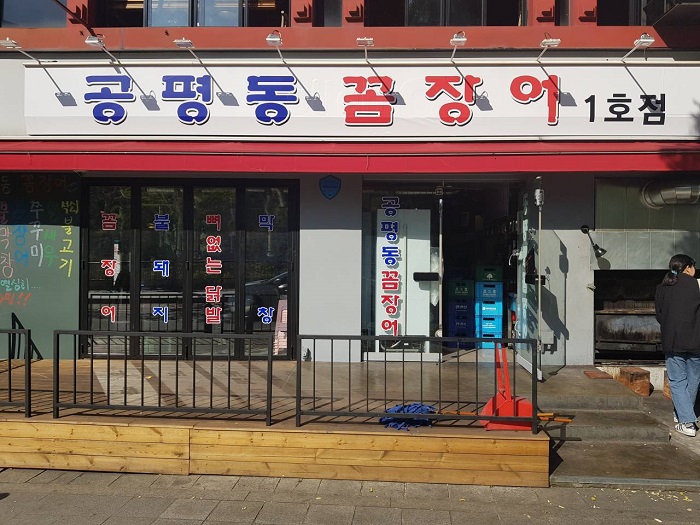
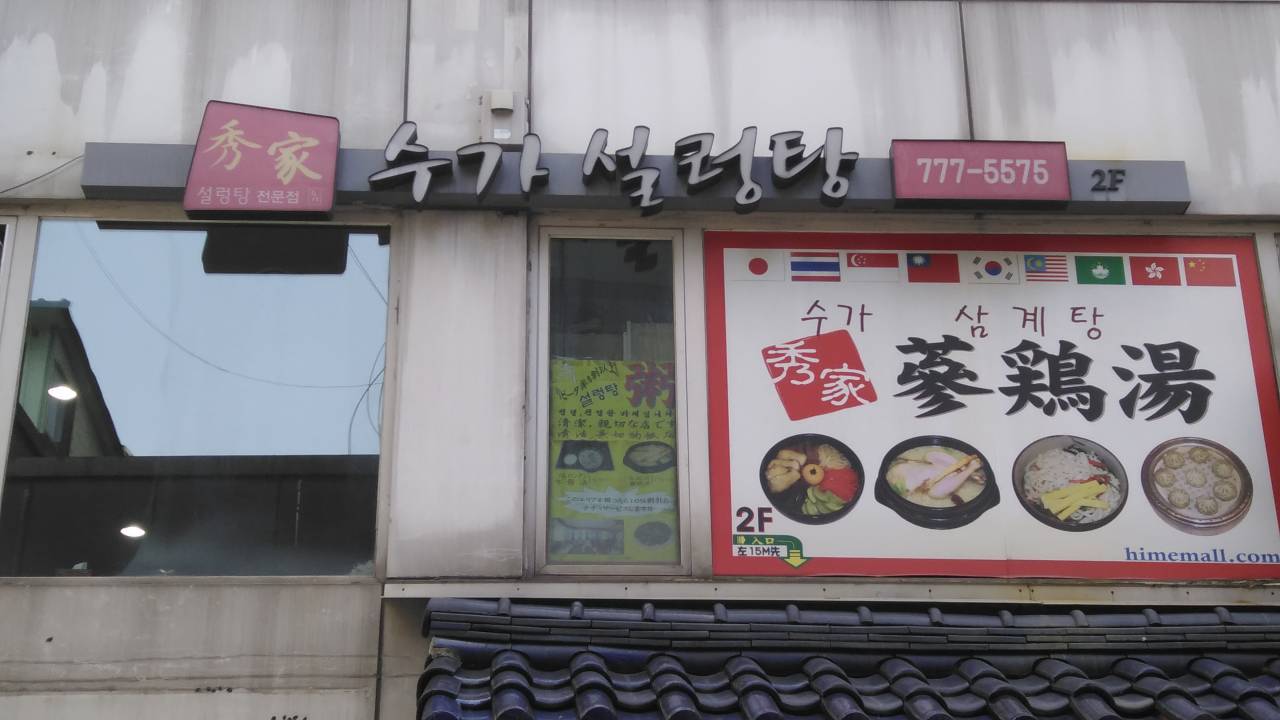
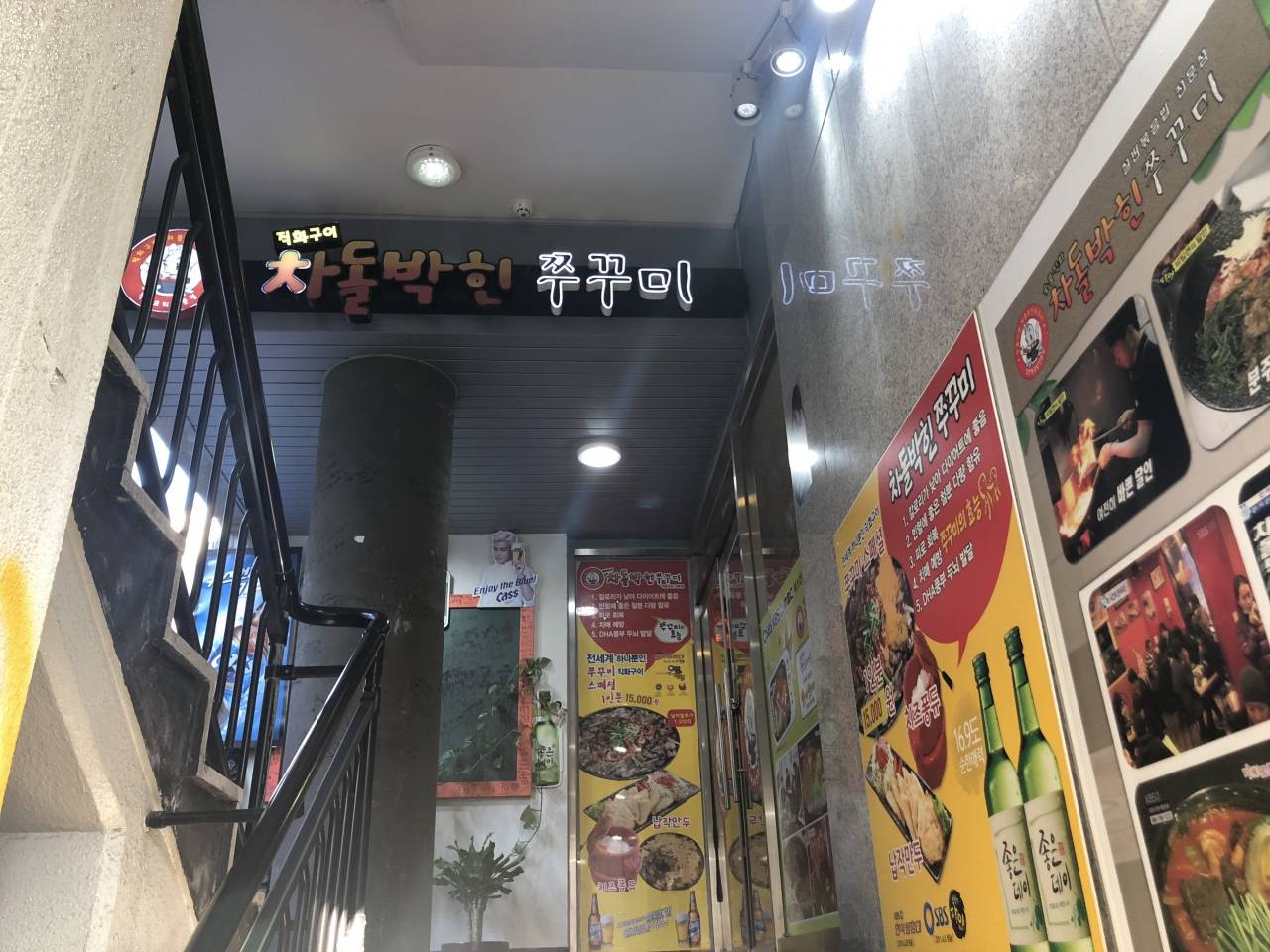
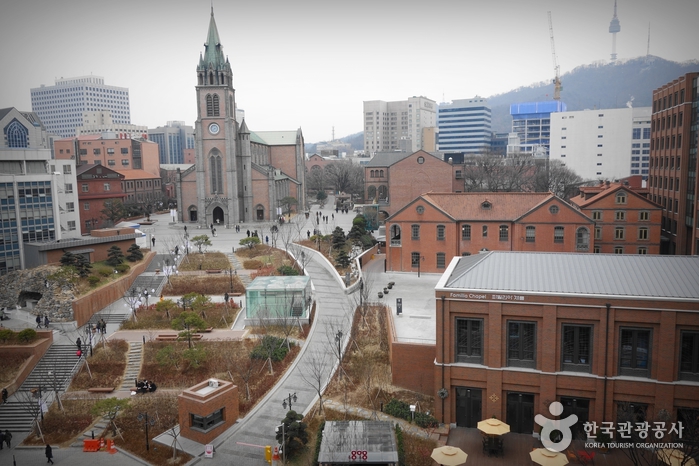
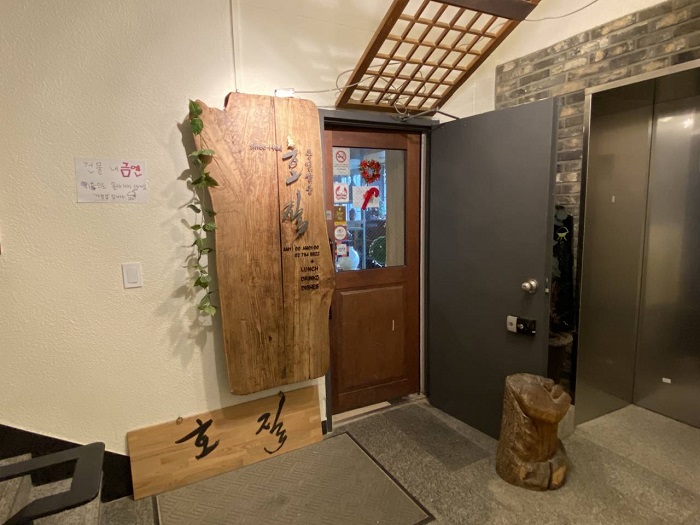
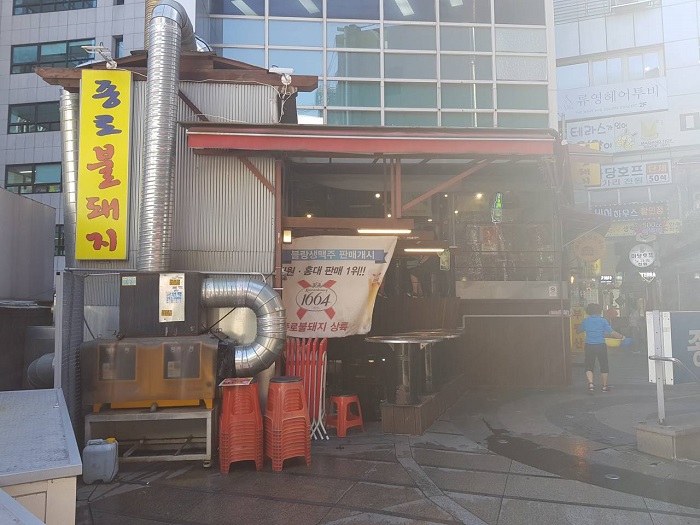
 Français
Français
 한국어
한국어 English
English 日本語
日本語 中文(简体)
中文(简体) Deutsch
Deutsch Español
Español Русский
Русский